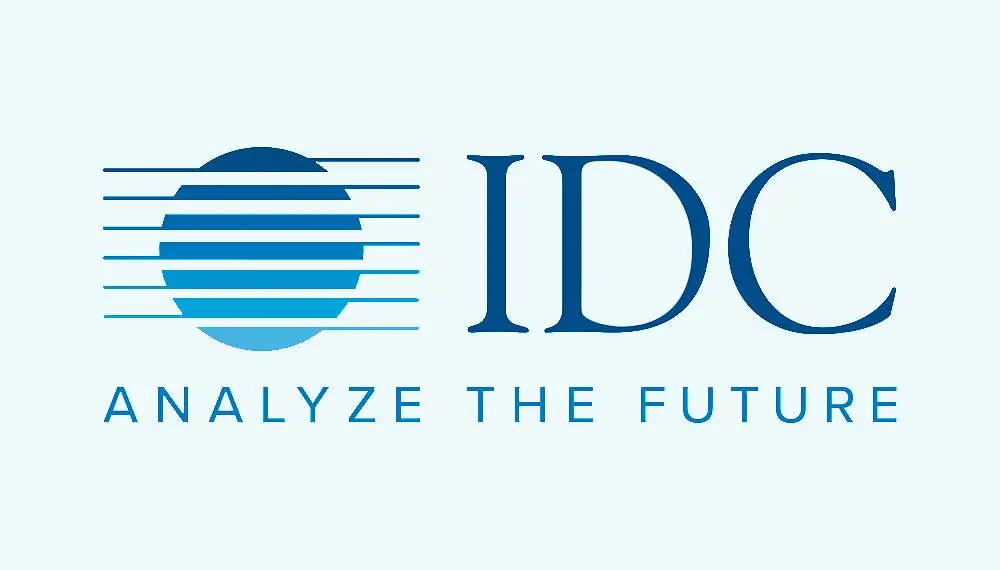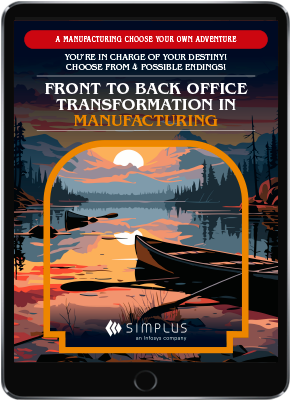No matter how large or small your organization is, manufacturers all over the world have been abuzz for years trying to understand and implement the rapid influx of “smart factory” tools available. From robotics and automation to IoT and revolutionized business models, the face of manufacturing is already drastically different than what it was even five years ago.
Even still, remnants of an old-school manufacturing landscape linger and may be quietly hindering your own organization from truly realizing the benefits of modern technologies. Where the focus used to be on capacity and low-cost laborers, the shift in manufacturing today is far more concerned with capability and building up valuable knowledge workers, according to John Clemons of Rockwell Automation. This means manufacturers need to effectively make the pivot to adopt three distinct trends all pushing smarter operations forward: automation, composable business, and new technologies like IoT and powerhouse analytics. Because the look of smarter operations isn’t just throwing robots on the factory floor—it’s a complete change in the way manufacturing organizations view business operations overall.
In this article, we’ll dive into each of these three trends and discuss the benefits each holds for establishing truly smarter operations.
Automation everywhere
Automation alone is, well, a no-brainer. But where many organizations falter is in not extending the application of automation as far as they can. Automation is far more powerful than just streamlining the one-and-done tasks, like a weekly data pull or a single, repetitive task along the production line. Items like this are known as fixed automation, and that’s only the beginning of what automation everywhere in a manufacturing organization can look like.
When automation is applied to more than just mere tasks and expands into process automation or complete business orchestration, manufacturers begin to unlock the bigger picture benefits. Not only are you lowering operational costs by reducing the time it takes to get stuff done or eliminating repetitive tasks altogether, but you’re also reducing technical debt and building more resilient delivery teams. Many analysts have dubbed these higher levels of automation as programmable and flexible automation.
—Programmable automation: This is automation that is designed to execute multiple tasks in a flow. It’s ideal for manufacturing a lot of items in a short amount of time, and it can be reprogrammed for different products.
—Flexible automation: Often considered the middle ground between fixed and programmable, flexible automation is easier to reprogram for different functions, but it can only work for a limited amount of products.
It’s important to understand that no matter how you elevate your organization’s automation practices, automation everywhere isn’t about replacing human team members. It’s about using human time more valuably and redirecting resources to more growth-oriented activities. Today we’re seeing more and more clients leveraging Salesforce Manufacturing Cloud to enable those coveted automations. Processes like CPQ/ERP integration, contract updates, pricing rules, inventory management, and more are now all available and enabling manufacturers more time to focus on growth and innovation.
Composable approach
The past two years accelerated what was already a natural realization for businesses in any industry: we have to become more flexible, more resilient, more agile. Gartner has defined this business approach of the future as “composable business” or “an organization made from interchangeable building blocks.”
Composable business hinges on four principles applied to three business areas, according to Gartner: a business must have modularity, discovery, autonomy, and orchestration in its thinking or culture, its business architecture or structures, and its technology.
—Composable thinking means your manufacturing organization doesn’t become stagnant and is always coming up with new, creative ways to develop business. Team members should have the autonomy and motivation to discover these new ways of thinking as members of a composable business.
—Composable business architecture means the structure of your organization is flexible and can quickly adapt to new scenarios or emergency situations that may demand a sudden change in business strategy.
—Composable technologies means your tech stack is built to grow. It’s intended to change and evolve and continuously rid itself of outdated platforms in favor of new updates or better solutions. It also means it has a plan for the integration of multiple technologies so that each technology building block is working in harmony.
One avenue for being composable in manufacturing is looking out for alternative revenue streams. In manufacturing, pivoting to subscriptions is a key example of how manufacturers are currently making the leap to expand their vision of revenue and be more composable. You can read more about what a composable business approach means for manufacturing specifically with Gartner’s excellent thought leadership here.
New technologies on the factory floor
Finally, to get the most out of their automated processes and composable business approach, manufacturers need to couple them with the technologies definitive of Industry 4.0: IoT, autonomous things, and analytics. These items make up the face of a modern production line and are what everyone immediately thinks of when you say “smart factory floor.”
But many manufacturing business development leaders encounter immense pushback when they try to introduce these technologies. Common challenges cited include a lack of stakeholder buy-in, too many complex legacy systems interfering with the new technologies, and not enough harmony between IT and the overall business strategy. However, when new technologies like IoT and dynamic analytics tools are preceded by a holistic approach that addresses existing automation and composable business, many of these roadblocks are overcome.
By approaching these technologies holistically and with thoughtful connection to the composable business approach and existing automations, innovation leaders can secure more support for the latest technologies driving efficiencies at scale. To dive into this conversation even more, be sure to attend our upcoming webinar with NAM on May 19th—we’ll be discussing the people, processes, and technology that fuel IoT interoperability in the industry.
Manufacturers that dedicate their entire organization to all three elements—automation, composable business, and agile adoption of the latest technologies—will find their customer retention improves and welcome greater innovation to their brand, ensuring a future-proof business forecast. If it’s time to reevaluate your people, processes, and technology strategy to ensure your organization is keeping pace in today’s competitive landscape, reach out to Simplus. Our strategy and advisory experts will meet you where you are on your journey, assess your goals, and chart a course for success unique to your organization.






















































0 Comments